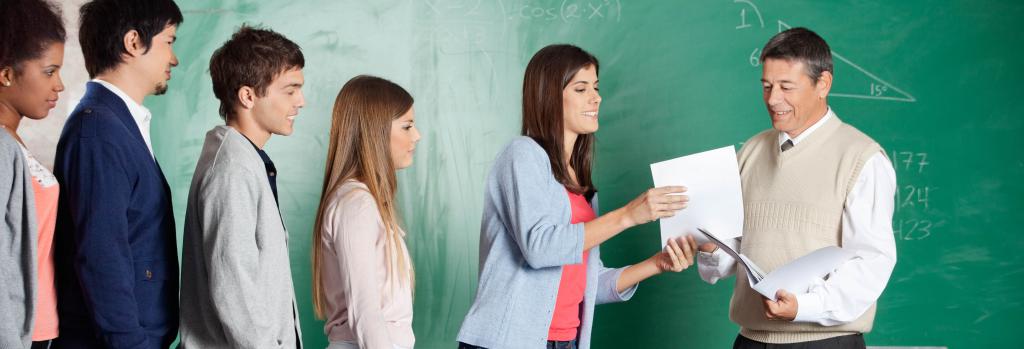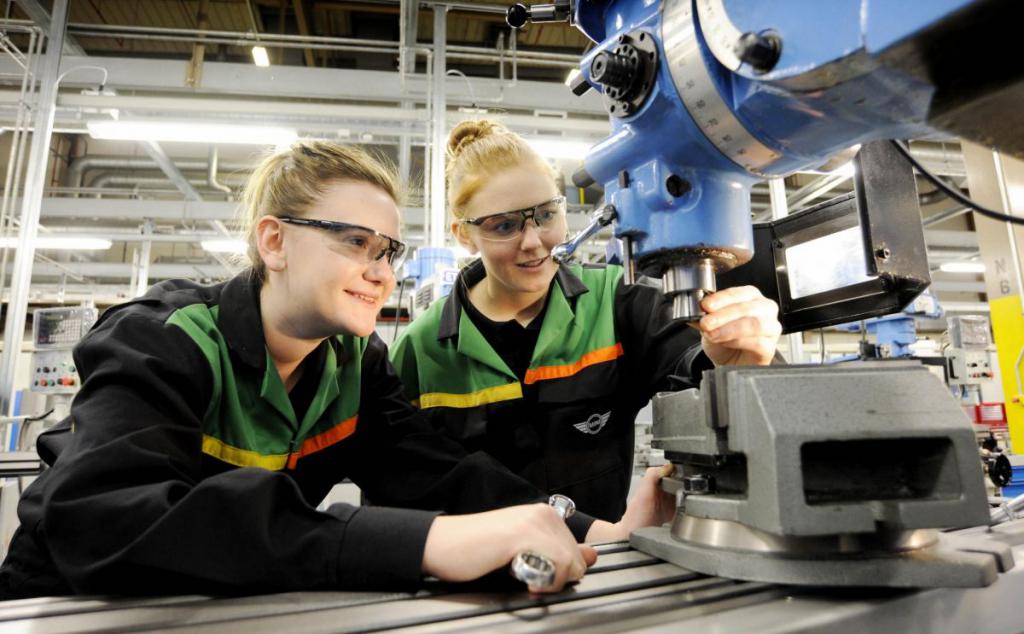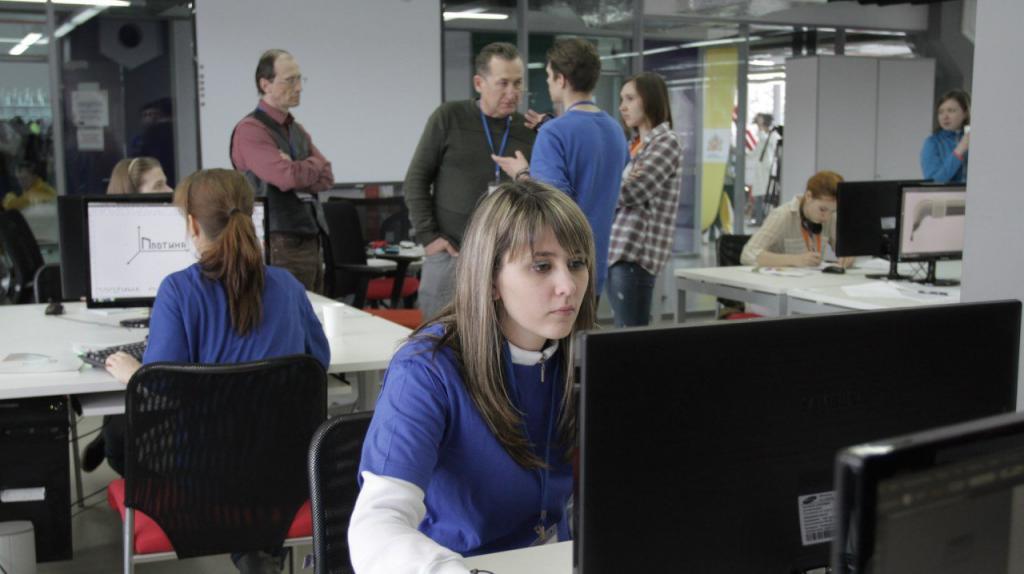Vocational education is a system of training highly qualified personnel in production, as well as in vocational schools. What are the features of this area?
A professional education program helps to solve the problems of gradually increasing the general educational and professional levels of those educational institutions that train specialists of a certain qualification.

Kinds
We give the features of classification. Currently, there are several main groups.
The first includes primary vocational education, which contributes to the training of employees and workers (skilled workers) in various areas of socially significant activity within the framework of basic general education. Getting it is carried out in schools.
The second group includes secondary vocational education. We give his characteristic. It is supposed to expand and deepen human knowledge on the basis of secondary (complete) and primary vocational education. Currently, this group enjoys special demand among young people.
The third group includes higher professional education. Its purpose is to prepare and retrain specialists of a certain level, as well as to satisfy the needs of the individual in expanding and deepening the knowledge that has been received at the university.
Persons who have mastered the primary or secondary levels can go to this level of training.

Forms
Vocational education institutions offer various forms of training for their students: full-time, evening, correspondence, family education, self-education, external studies.
In our country at the moment, the following types of higher education are provided:
- undergraduate (4 years);
- specialty (5 -5.5 years);
- Master's program (6 years).
State vocational education at each level involves continuous training of an employee, worker, specialist taking into account the modernization of educational standards.

Factors affecting the quality of training
Are there any criteria for evaluating quality? How should professional education be organized? Professional training depends on the following factors:
- social and vocational guidance;
- the state of the technical and material educational base;
- training methods and programs, information security;
- staff of teachers;
- financial security;
- competition in the labor market, socio-psychological climate within the team.
Education specifics
This is a single directed process of training and education, which is a socially important good. The organization of vocational education is carried out in the interests of the family, a person, the state, and contributes to the acquisition of specific skills, abilities, and values.
As part of the educational process, a person acquires work experience, competencies of a specific volume are formed.
In our country, the right to education is guaranteed by the Constitution of the Russian Federation. The development of vocational education is an important task, the economic and political stability of the country directly depends on the success of its implementation.

Education components
The Russian education system has the following components:
- federal government requirements and standards;
- programs of different directions, levels, types;
- governing bodies at different levels, as well as advisory bodies;
- public associations, enterprises on the basis of which practical training is carried out.
Let us dwell on all types of professional education.

Open source software
Secondary education is a component of the vocational education system. Its mission is to satisfy the needs of society and the needs of the individual. Today, this level covers 22% of the population of the Russian Federation. About 20 million specialists with secondary vocational education are involved in the social and economic sphere.
According to the international standard classification of education, this level corresponds to practice-oriented pre-university education.
Its implementation is carried out according to the main two programs: advanced and basic level. After mastering the first stage, the graduate receives the qualification of “technician”.
With an increased level of vocational secondary education, a substantial expansion and deepening of training is expected in comparison with the basic version.
Important points
Graduates of this program receive the qualification “technician with additional training in a specific field”.
The content of educational programs of vocational secondary education is regulated by the State educational standards (abbreviated GOS SPO). The document consists of two parts: the federal component, which determines the state requirements for the minimum level of training, as well as the national-regional component.
This training option is being implemented in several forms: full-time, part-time, part-time, on the basis of a nine-year general education.
Admission to educational institutions of secondary specialized education is carried out on a competitive basis (the average score in the certificate is taken into account).
The term of study is 2-3 years, taking into account the profile of the educational institution.
The teacher of professional education at this level is a teacher at a college or technical school (school).
The technical school implements the implementation of basic educational programs at a basic level. The college functions not only on basic, but also on advanced training schemes.
The activities of all educational institutions of this level are carried out on the basis of the Model Regulations on the educational institution of vocational secondary education (2001)
In Russia, this level is represented by 300 specialties in the social, information, and tourism sectors.
Persons who have received such an education have the right to undergo further training of the same profile under accelerated (shortened) programs (a year with basic vocational secondary education, 2 years at an advanced level).

The specifics of secondary vocational education in the Russian Federation
It includes about 2,600 municipal and state special secondary schools, as well as university departments that implement vocational secondary education programs.
The average number of students at this level is 261 million people, and the number of teachers employed in this educational sector is estimated at 2.1 million people.
In 2005, institutions of secondary and primary vocational education were transferred to the regional level, which contributed to the creation of integrated institutions that operate on the basis of programs of different levels of complexity.
Colleges are state educational organizations of vocational secondary education that implement integrated and continuous programs of general, complete, professional basic and advanced levels.
They guarantee students a gradual increase in education, professional growth, competitiveness in the modern economic market.
Colleges are organized according to an industry principle, which provides for the organization of training in the specialties and programs necessary for specific industries.

The specifics of higher education
According to the legislation of the Russian Federation, the following types of similar educational institutions function in the country: institutes, academies, universities.
The educational institution itself, as well as its branches, have the right under the Federal Law "On Education" to implement programs of general primary, secondary, full, primary and secondary vocational training. Also, educational institutions of this type have the right to implement additional professional training (subject to a state license).
All three types of institutions offer students retraining or advanced training after completion of training, opportunities for conducting applied and basic scientific research.
The academic load in individual disciplines, the content of the programs, the requirements for the level of training - all this is indicated in the new educational federal standards specially developed for this level.
The educational process is organized in full-time, distance, part-time, part-time education. For each option, special programs based on GEF are developed.
Graduates of this level of study receive one of the following qualification options: graduate, bachelor, master in a particular specialty.
In order to become the owner of a document on completion of higher education, it is necessary to pass the final state certification (pass state exams).
The functioning of higher education institutions in the Russian Federation is regulated by the Law on Higher Professional Education.
To summarize
Currently, many young people are aware of the importance of obtaining a quality professional education. They realize that on how responsible a person is in choosing a profession, employment, salary, and social status will depend.
Among recent trends, it is worth noting the increasing interest among young people in secondary vocational education. Many young men aspire to enter colleges and technical schools, supported by large production companies, after completing school.
